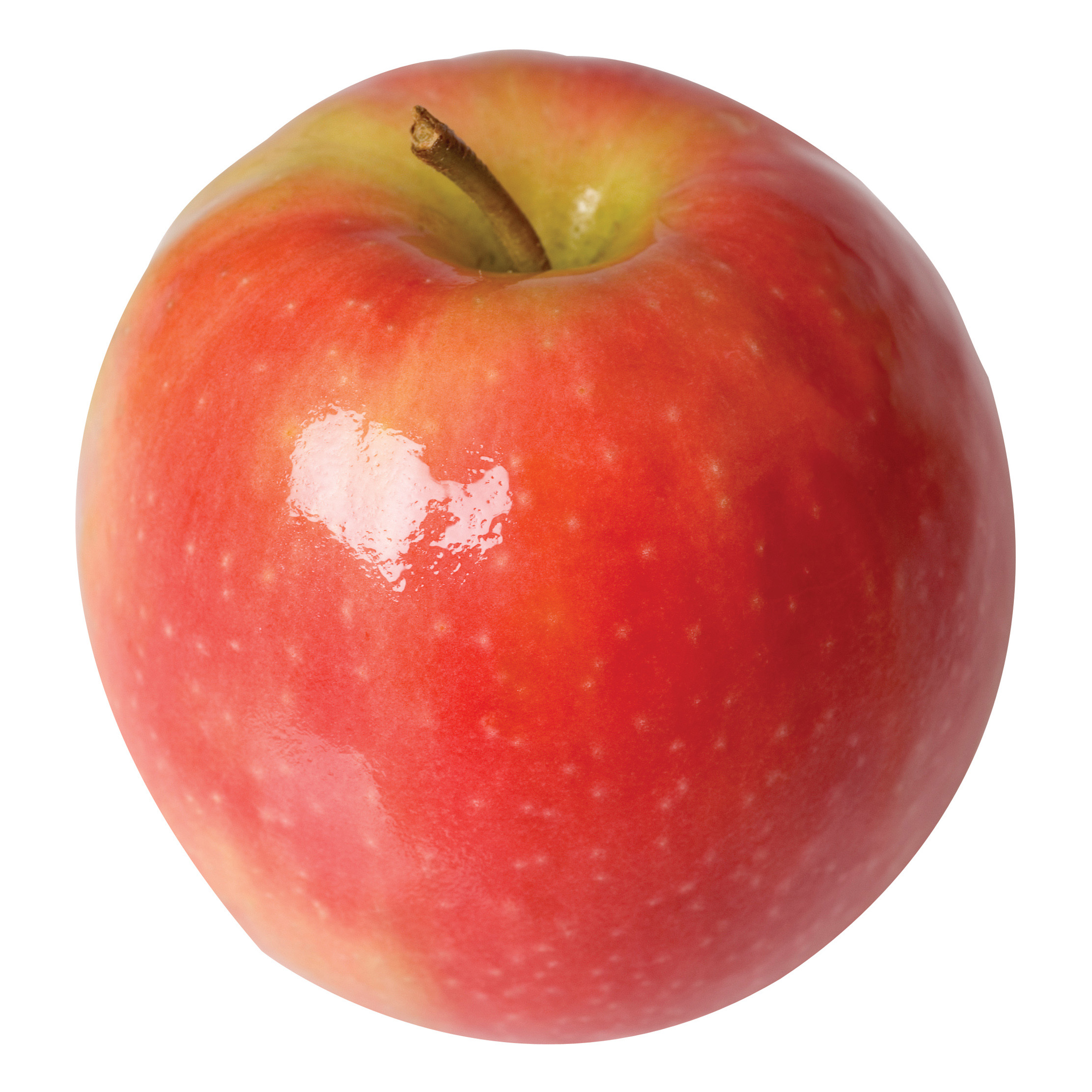
Periodical publications such as magazines, newspapers and journals vary in quality and depth of coverage. Instructors will frequently want you to select articles from scholarly journals (sometimes called "refereed" or "peer-reviewed" journals, though the terms don't mean exactly the same thing).
Click the image below to watch a short (3min) video on how to tell the difference between scholarly articles and popular magazine articles.
For more detail, try our guide:

SCHOLARLY ARTICLES ARE WRITTEN TO :
· report results, experimental or observational
· relate these results to previous knowledge in the field
· facilitate communications among researchers
SCHOLARLY ATRICLES ARE READ TO :
· keep readers current with the latest research in field
(Articles are published more quickly so are more up-to-date than books)
· model how a similar study might be done
· improve readers’ writing skills
· enable critical thinking
(Raw data accompanies conclusions, so readers can decide for themselves.)
· find more useful resources for further research
(The reference list can be used to find related books and articles.)
· develop a skill expected by employers
 |
• Keep your initial search simple—set the limit for “Full Text” right away, but save other limits (such as date ranges, number of pages, peer-reviewed, etc.) until you see the results list. • Look for common database tools (suggested subject headings, abstracts, citation help, emailing and save options) on the edges of the page, often in a color bar above the search boxes or in a separate frame on the right or left of your results list. |